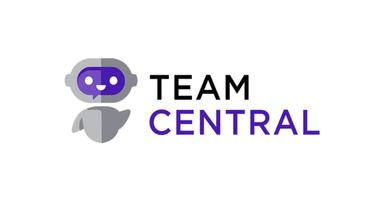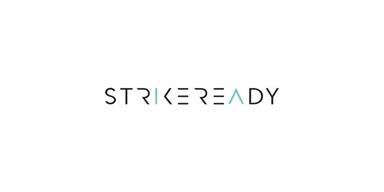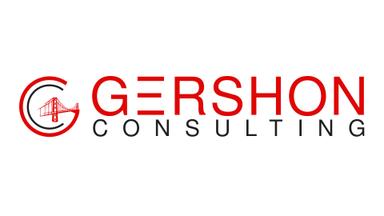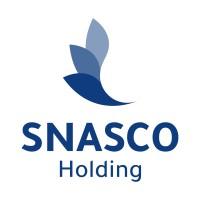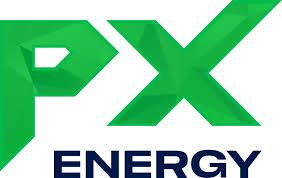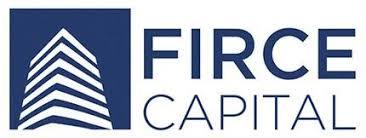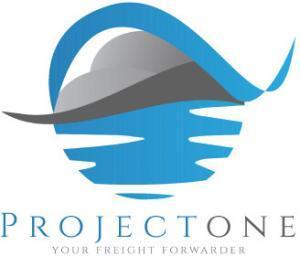Coca-Cola: No More Price Hikes in U.S. and Europe for 2023
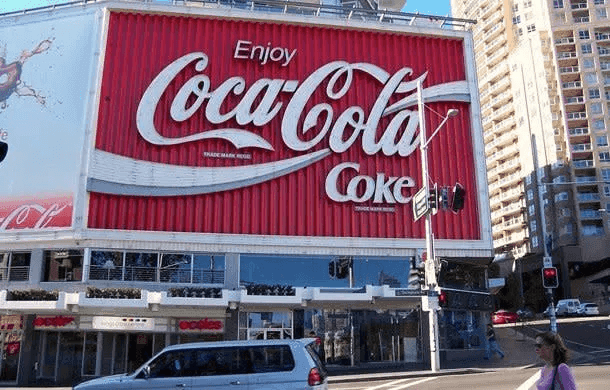
For the past two years, Coca-Cola has grappled with escalating costs and implemented price increases on its beverages to offset the impact. However, the company recently announced that it would refrain from further price hikes in developed markets such as the U.S. and Europe for the rest of the year. This decision follows the lead of its competitor, PepsiCo, which had declared a similar stance earlier.
Although both companies experienced robust sales growth due to higher prices, they also witnessed a decline in consumer demand, though less significant than anticipated. In this article, we will delve into the reasons behind Coca-Cola's decision and explore the changing dynamics of the beverage industry.
Understanding the Price Hike Strategy
In response to mounting costs, Coca-Cola initiated a series of price hikes over the past two years. These increases were implemented to mitigate the impact of inflation and maintain the company's profitability. Despite the challenging economic environment, the beverage giant raised its prices by approximately 10% in the second quarter compared to last year's period.
1. Market Trends in Developed Markets
The shifting consumer behavior is a significant reason for Coca-Cola's decision to halt further price increases in developed markets like the U.S. and Europe. Customers increasingly opt for private-label bottled water and juices, avoiding traditional carbonated beverages. This preference shift has led to a 1% decline in U.S. unit case volume for Coca-Cola during the second quarter.
2. Consumer Cost Consciousness
During the company's conference call, Coke's CEO, James Quincey, addressed the emerging trend of consumer cost-consciousness. Consumers are now more inclined to seek value in their purchases and are actively looking for items on sale. This behavior is indicative of the evolving mindset of consumers, and it has influenced their purchasing decisions.
3. PepsiCo's Experience
PepsiCo, Coca-Cola's rival, has faced challenges in the beverage market. In February, PepsiCo announced it would avoid additional price hikes beyond regular adjustments in the fourth quarter. The company encountered a more substantial decline in demand compared to Coca-Cola. PepsiCo's North American beverage volume plummeted by 4.5% in the second quarter, with its Quaker Foods North America unit experiencing a 5% decline.
4. Snacks vs. Beverages
Interestingly, while Coca-Cola and PepsiCo have faced declining beverage demand, the scenario differs in the snack segment. Frito-Lay North America, a division of PepsiCo, reported a 1% volume growth due to the enduring snack habits of consumers.
5. Market Response and Investor Outlook
Despite Coca-Cola raising its full-year outlook and posting better-than-expected earnings and revenue, its shares experienced a marginal drop of less than 1% in morning trading. The investor response reflects the cautious sentiment in the market and underscores the need for beverage companies to adapt to changing consumer preferences.
Conclusion
The decision by Coca-Cola to halt further price increases in developed markets is a strategic move to address changing consumer dynamics. With increased cost-consciousness and a preference for healthier options, consumers are shifting away from carbonated beverages. As the beverage industry evolves, companies must innovate and adapt their strategies to remain competitive in a dynamic market.
Business News
Taking Care of Your Employees: 5 Tips for Empowering Your Team
From Zero to Certified: The Journey Behind Every Home System Expert
When Expenses Get Creative: Survey Exposes Bizarre Claims
Electronic Wills and Testamentary Freedom: Inside the Wills Bill 2025
Splat App Transforms Photos Into Coloring Pages Using AI





